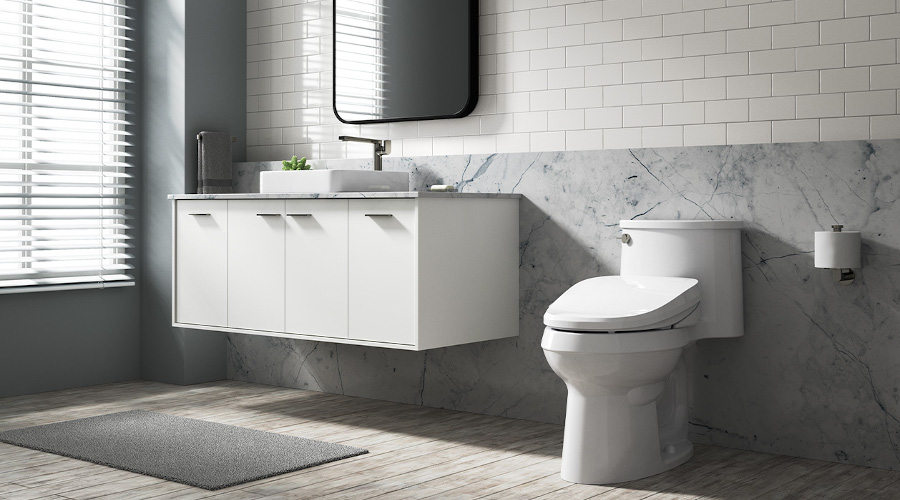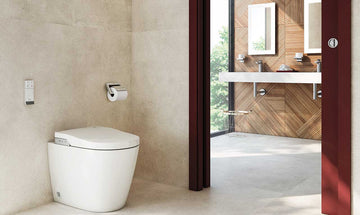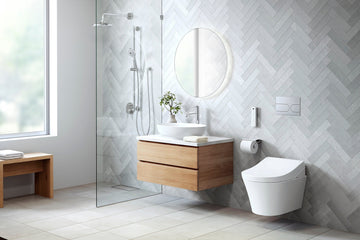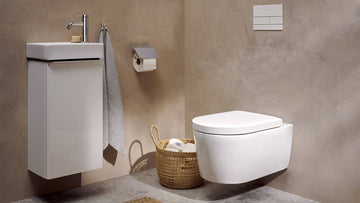The future of sustainable toilet systems is a topic of growing importance as the world continues to focus on environmental sustainability and resource conservation. As the effects of climate change become more pronounced, the need for innovative and sustainable solutions in sanitation is more pressing than ever. While traditional toilets have served us for centuries, they often waste water and contribute to pollution. Fortunately, new technologies and designs are paving the way for more sustainable options.
In this article, we will explore the exciting innovations and trends that are shaping the future of sustainable toilet systems. From water-saving designs to eco-friendly materials, the possibilities are vast and varied. For those in the industry, these advancements represent both challenges and opportunities. Understanding these trends is essential for anyone involved in the quality assurance and development of sanitation technologies.

Why Sustainable Toilets Matter
Before diving into the specifics of future technologies, it's crucial to understand why sustainable toilets are essential. Traditional toilets can use up to 6 gallons of water per flush, leading to significant water waste. In areas where water scarcity is a concern, this is particularly problematic. Moreover, conventional wastewater treatment processes can lead to pollution if not managed correctly.
By shifting towards more eco-friendly toilet systems, we can significantly reduce water consumption and minimize environmental impact. Sustainable toilets not only conserve resources but also help to create a cleaner, healthier environment. For more insights on the environmental impact of bidets, check out this detailed analysis.
Innovations in Water-Saving Technology
One of the most significant areas of innovation in sustainable toilets is water-saving technology. Dual-flush toilets, for example, offer a simple yet effective way to reduce water usage. These toilets have two flush options: a lower volume flush for liquid waste and a higher volume flush for solid waste. This innovation alone can save thousands of gallons of water annually.
Another exciting development is the advent of vacuum toilets. These toilets use air pressure to remove waste, drastically reducing the amount of water needed per flush. Such systems are already in use in airplanes and some public facilities, and their adoption is expected to grow in residential settings. For more information on energy-efficient toilet technology, explore our comprehensive guide.
Eco-Friendly Materials and Design
Beyond water-saving technology, the materials and design of toilets are also evolving to be more eco-friendly. Manufacturers are experimenting with sustainable materials such as recycled plastics and bamboo. These materials are not only environmentally friendly but also durable and aesthetically pleasing.
Designers are also focusing on creating toilets that are easier to maintain and clean, reducing the need for harsh chemicals. Self-cleaning toilets, for example, use ultraviolet light or electrolyzed water to keep the bowl clean and sanitary. These innovations not only benefit the environment but also enhance user experience.
Addressing the Needs of Different Settings
Sustainable toilets need to be versatile enough to meet the demands of various settings, from private homes to public facilities. In hospitals, for instance, the focus is on hygiene and ease of use. Innovations like touchless flush systems and bidets are becoming more common in such environments. You can learn more about toilet innovations for hospitals in our recent article.
In developing regions, the priority is often to provide access to basic sanitation while minimizing environmental impact. Waterless toilets, which use composting or incineration to process waste without water, are gaining traction as a viable solution.
Looking Ahead: Challenges and Opportunities
While the future of sustainable toilet systems is promising, there are challenges to overcome. Cost is a significant barrier, as many of these technologies require a higher initial investment than traditional toilets. However, as demand grows and technologies advance, prices are likely to decrease.
Another challenge is consumer acceptance. Many people are accustomed to conventional toilets and may be hesitant to switch to newer, more sustainable options. Education and awareness campaigns will be crucial in driving adoption.
Despite these challenges, the opportunities are immense. The sanitation industry is poised for significant growth as the world shifts towards sustainability. For industry professionals, staying informed about the latest trends and technologies is essential. You can find an in-depth analysis of smart toilets and bathroom technology here.
Conclusion
The future of sustainable toilet systems is bright, with numerous innovations and trends set to transform the way we think about sanitation. From water-saving technologies to eco-friendly materials, the industry is moving towards a more sustainable future. For those in the quality assurance sector, understanding these developments is crucial for ensuring that new products meet the highest environmental and performance standards.
As we look ahead, collaboration between manufacturers, designers, and policymakers will be essential in driving the adoption of these technologies. By working together, we can create a future where everyone has access to sustainable, efficient, and environmentally friendly sanitation solutions.

FAQ
What are the benefits of dual-flush toilets?
Dual-flush toilets offer significant water savings by providing two flushing options: a low-volume flush for liquid waste and a high-volume flush for solid waste. This allows users to conserve water based on the type of waste, making it an eco-friendly choice.
How do vacuum toilets work?
Vacuum toilets use air pressure to remove waste, which significantly reduces the amount of water needed per flush. These systems are efficient and are commonly used in settings like airplanes and some public facilities.
Are waterless toilets a viable option for urban areas?
Yes, waterless toilets can be a viable option for urban areas, especially in regions facing water scarcity. These toilets use composting or incineration to process waste without the need for water, making them an environmentally friendly solution.
This article contains affiliate links. We may earn a commission at no extra cost to you.






